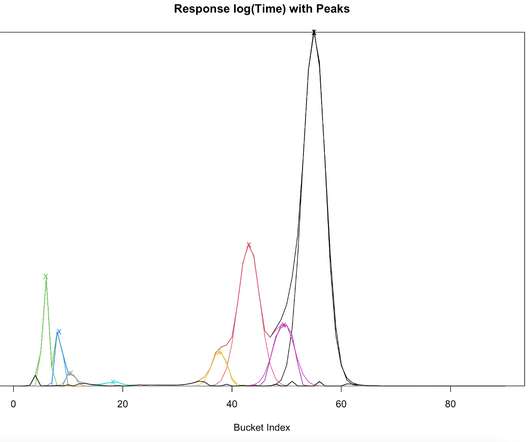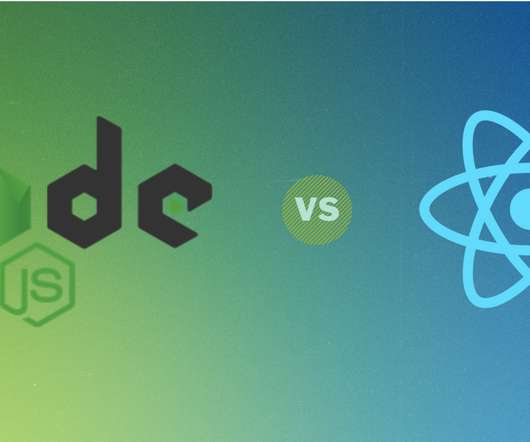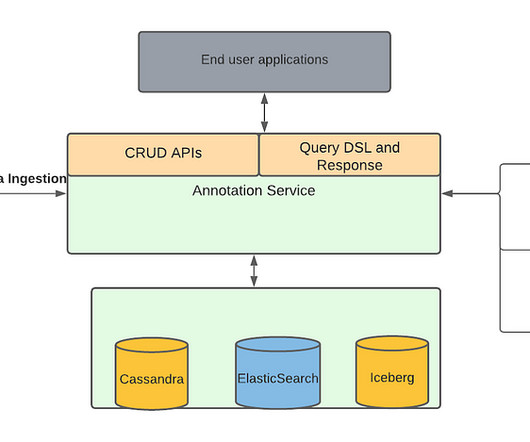Designing Instagram
High Scalability
JANUARY 11, 2022
Generating machine learning based personalized recommendations to discover new people, photos, videos, and stories relevant one’s interest. We will use a graph database such as Neo4j to store the information. Additionally, we can use columnar databases like Cassandra to store information like user feeds, activities, and counters.






















Let's personalize your content